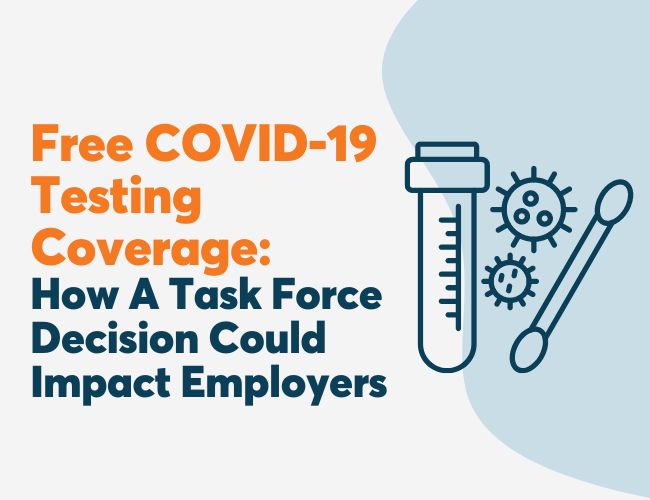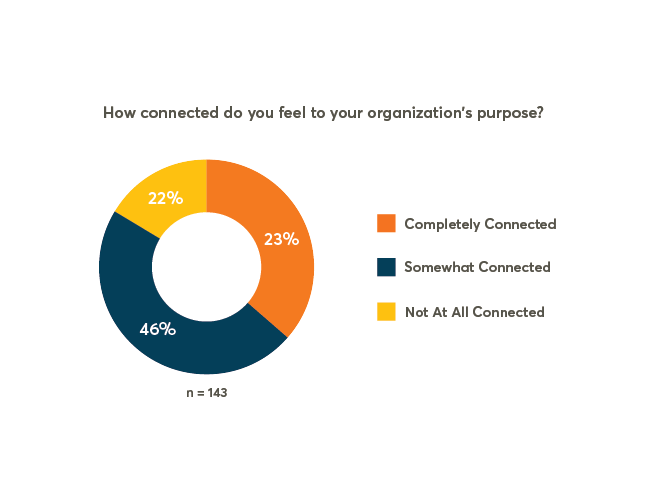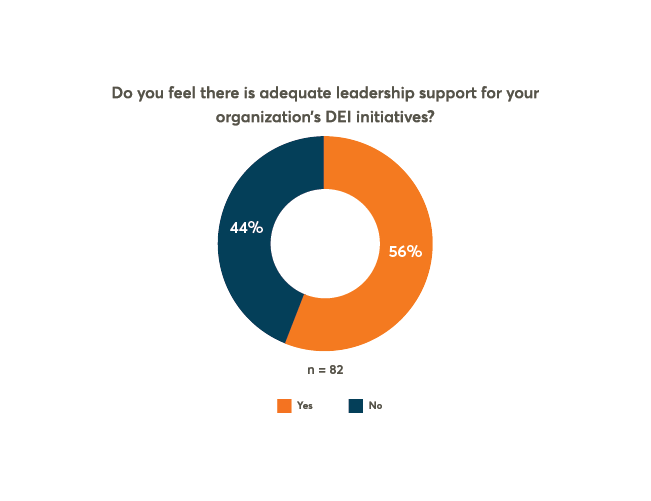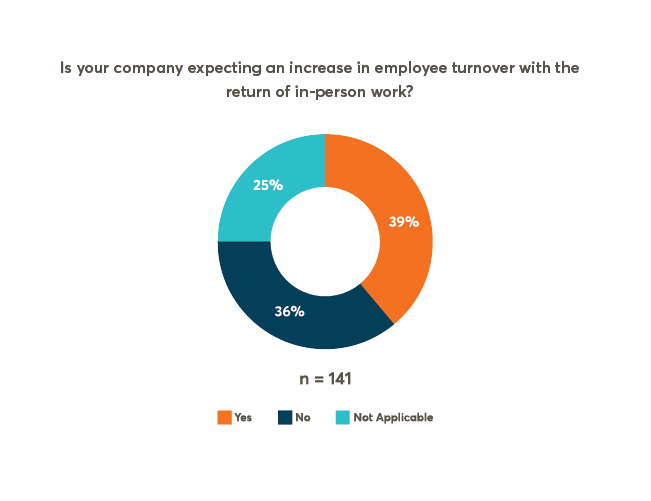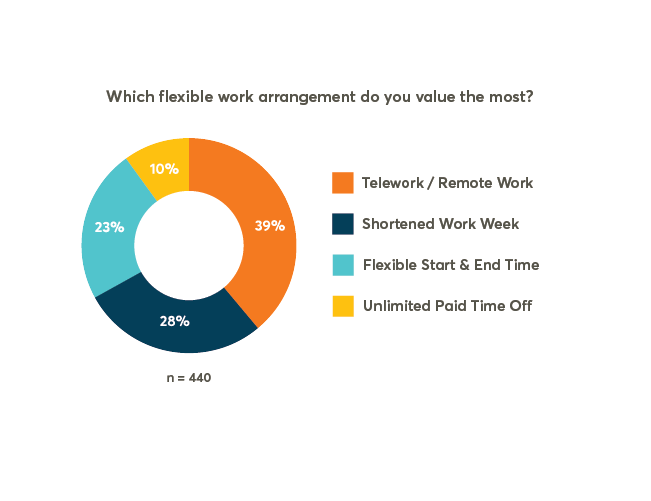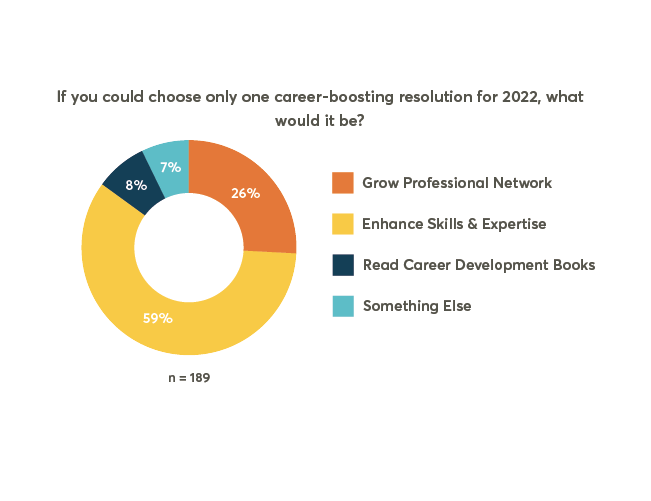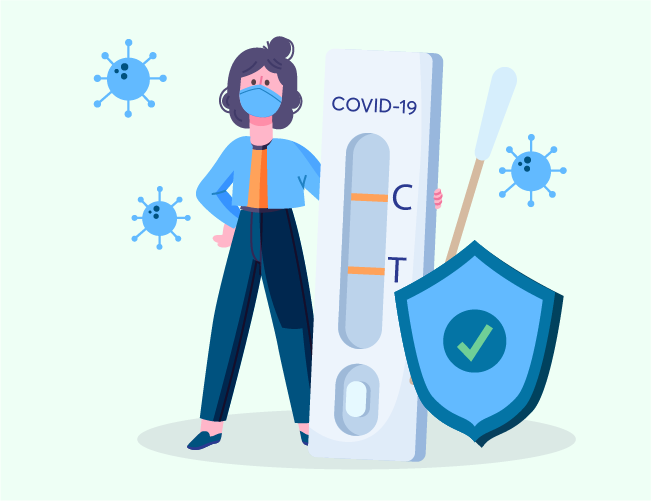Every month, Wellable asks a single question to the large, growing, and dedicated community of human resources and wellness professionals subscribed to the Wellable Newsletter. This month, Wellable asked respondents if their organizations are changing or postponing the implementation of their return-to-work strategies due to the recent uptick in COVID-19 cases. Of the individuals that Wellable polled, 37% stated that their organizations are postponing their return-to-work strategies, while 50% said they are remaining the same.
Question: Is your organization changing or postponing the implementation of its return-to-work strategy due to the recent uptick in COVID-19 cases?
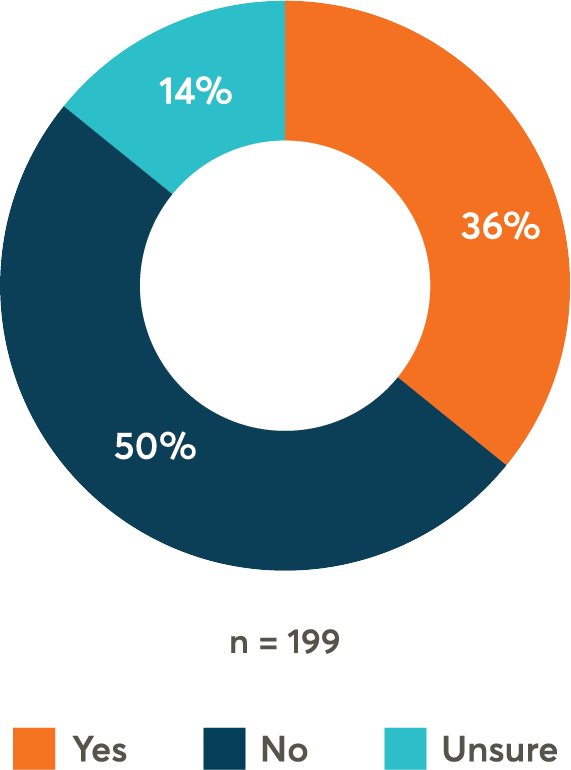
To help employers ensure that they are making the right decisions for their organizations, this post reviews and analyzes some of the more popular strategies companies have enacted to adapt to COVID-19 variants, weakening vaccines, and a general rise in case numbers.
Vaccine Strategies
For many employers, COVID-19’s recent trajectory means that a safe and comfortable return to the office cannot occur without first increasing vaccination rates. As a result, organizations have implemented several strategies in order to increase the probability that a sufficiently large number of their employees receive a COVID-19 vaccine.
Incentivizing Vaccines
One way for a business to increase the chances that its employees get vaccinated is by offering them incentives. As noted in a post on the Biden administration’s call on employers to improve vaccination rates, there are several effective ways of encouraging employees to get vaccinated. Many of these techniques are being deployed by companies today in response to the spread of the delta variant. Some of these tactics include:
Rewards: Perhaps the most obvious way for an organization to incentivize its employees to receive a COVID-19 vaccine is by offering a reward for doing so. Most often, these rewards take the form of bonuses. For instance, Vanguard announced at the beginning of August that it will be awarding $1,000 to employees who provide proof of vaccination. Other rewards may include
- Paid time off to recover from the vaccine
- Childcare
- Product giveaways
- Sweepstakes and lottery tickets
Check out this post on the US Equal Opportunity Employment Commission’s (EEOC) vaccine incentive guidelines for information on the legal status of several types of incentives.
Fines and penalties: Paying employees for proof of vaccination can become costly. For organizations offering financial rewards to all vaccinated workers regardless of whether they received their vaccine before or after the rewards program started, expenses can grow quickly. That’s why some employers have decided that rather than provide rewards, they will dock the pay of employees who avoid receiving a COVID-19 vaccine. The rationale behind this strategy is supported by a phenomenon known in behavioral economics as loss aversion, which suggests individuals are motivated more by the loss of something they already have than by the gain of something else that is equivalent in value. In theory, then, companies may encourage more employees to get vaccinated through say, a $100 dollar pay deduction for not receiving the vaccine than a $100 bonus for getting it.
Vaccine Mandates
From Goldman Sachs to Google to Netflix, many companies are bypassing incentives altogether and mandating vaccines for their employees. Notably, many of these mandates only apply to corporate workers, not employees on the front line. Tyson Foods, which recently announced that it will require all of its 120,000 US workers to be vaccinated, marks an important exception to this trend.
While concerns regarding the legality of vaccine mandates have largely subsided, companies considering implementing them should be aware of other forms of backlash. For instance, employees at Tyson Foods have been protesting their vaccine mandate with the support of state representatives.
Return-To-Office Delays
On top of implementing one or more of the above strategies, many companies are delaying their expected returns to the office. Google has extended its voluntary work from home period until October 18th. PricewaterhouseCoopers is delaying its reopening until December. Apple and Charles Schwab announced that they will not be returning to their corporate offices until January of 2022 at the earliest.
Takeaway
There are several strategies that organizations are implementing to adjust to the recent uptick in COVID-19 cases and its likely trajectory in the coming months. The tactic that makes the most sense for your organization will depend on several factors. For one thing, the most sensible tactic for any particular company will depend on the percentage of vaccinated employees within its ranks. If most employees are already vaccinated, then according to some researchers, such as Dr. Michael Osterholm, a leading US epidemiologist who directs the Center for Infectious Disease, Research, and Policy at the University of Minnesota, delaying a return to in-person work may be unnecessary so long as workers mask up (though he notes that employees may still face substantial psychological obstacles that discourage them from coming back into the office).
When it comes to deciding how to maximize the number of employees who get vaccinated, this too must be determined on an organization-by-organization basis. In particular, as noted in an earlier post on vaccine hesitancy, it depends on the degree to which employees are reluctant to receive a vaccine. According to the COVID-19 Vaccination Uptake Behavioral Science Task Force, mild to moderate hesitancy can be effectively addressed with incentives. Those who are most hesitant may be unlikely to budge with anything short of a vaccine mandate.



